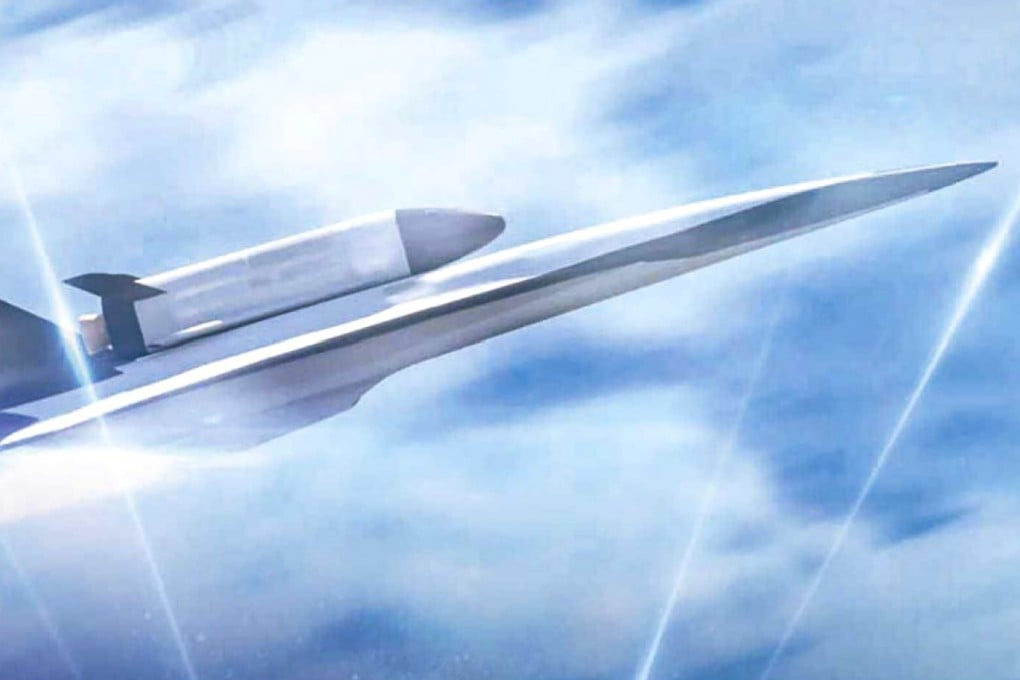Can China’s experimental engine supercharge hypersonic space race?
- If successful, the magnetic fluid engine could make near-orbit passenger travel a viable commercial reality
- Lead scientist says the development marks a technological revolution and a historic moment for China

According to a lead scientist with the programme, the super-quiet engine with no moving parts will help power the next generation launch vehicle currently in development.
Wei Baoxi, who has overseen some of China’s “milestone” hypersonic test flights, said the experimental engine could dramatically improve the vehicle’s flight efficiency and stability.
Known as a magnetohydrodynamic (MHD) drive, it works by generating thrust from an electrically charged fluid which is propelled through it by an electromagnetic force and would be used in tandem with another air-breathing engine, the scramjet.
The MHD was initially intended to power nuclear submarines, but proved unsuitable because of the relatively low conductivity of seawater.
In contrast, air molecules on the surface of an aircraft travelling at five times the speed of sound or more become electrically charged, providing an ideal working medium for the futuristic engine.